The Hue Imperial Citadel relic complex contains special architectural and cultural heritages. (Illustration photo: Vuong Cong Nam/Vietnam+)
The recent incident of the Nguyen Dynasty throne in the Thai Hoa Palace relic complex, Hue Imperial City having its arm broken or the tomb of King Le Tuc Tong (belonging to the Lam Kinh special national relic complex, Kien Tho commune, Ngoc Lac, Thanh Hoa ) being violated has shocked public opinion and sounded an urgent alarm about the loopholes in the work of protecting and promoting the value of national heritage.
More sadly, the heritage that used to be the pride of traditional culture has suddenly become the object of blatant destruction and excavation for profit. The consequence is not simply causing damage to the treasure, because it is not the sleeping past, but the embodiment of history, of identity, the vivid and proud memory of a part of the national cultural soul associated with the dynasties - symbols of power in the heart of the ancient capital of Hue.
Whose responsibility is it?
The Nguyen Dynasty Throne is the last intact and exquisite royal throne in Vietnam - a symbol of the Nguyen Dynasty's supreme power for 143 years, recognized as a national treasure in 2015.
The destruction of this heritage has shown a big gap in the work of protecting and promoting the value of heritage, and cannot be just a "rare incident." In fact, in recent years, the "cultural memory picture" of our country has been repeatedly destroyed and trampled by the hands of later generations.
Notable cases include the theft of the statue of Quan The Am at Me So Pagoda ( Hung Yen ), the painting "Spring Garden of Central, South and North" which is also a national treasure by the famous painter Nguyen Gia Tri which was damaged during preservation, the stone turtle at the Temple of Literature became a place to practice writing... And also in May 2025, foreigners dug up antiquities at the tomb of King Le Tuc Tong in Lam Kinh.
The painting "Spring Garden of Central, South and North" which is also a national treasure by famous painter Nguyen Gia Tri was damaged during preservation.
It can be seen that Vietnamese heritage is still having to "strain" to endure such destruction everywhere every day, despite the public's indignation and grief, the fake press, and experts' constant calls for help...
The question is why is the monitoring system in the place where the treasures are kept so lax and lacks professional response procedures? Who is ultimately responsible?
Standing member of the National Assembly's Committee on Culture and Education - Associate Professor, Doctor Bui Hoai Son, commented that the responsibility of all levels, sectors and especially the grassroots level in managing, supervising and protecting relics still has many unclear points.
“Special national relics like Lam Kinh should be strictly protected, with camera systems, professional security forces, and regular patrols,” said the researcher and cultural policy maker.
A hole about 1.6 meters deep was dug by a group of Chinese people at the tomb of King Le Tuc Tong. (Source: Thanh Hoa Provincial Police)
As a cultural expert who participated in the conservation of Hue monuments for 5 years, from 1981-1985, Associate Professor, Doctor Pham Ngoc Trung said that with the recent incidents, direct and indirect responsibility can be assigned.
“The direct responsibility lies with the Hue Monuments Conservation Center; the staff responsible for protecting the relics, although they have taken measures, they have not been effective. The indirect responsibility lies with the inspection, examination, urging, and reminder system, and the State management unit in charge of cultural heritage, which has not been resolute and has not institutionalized the provisions of the Law on Cultural Heritage as well as in the direction on the issue of preserving and promoting the historical values of relics and cultural heritage,” said Dr. Pham Ngoc Trung.
According to Mr. Pham Ngoc Trung, the laws, regulations and rules of the Ministry of Culture, Sports and Tourism and Hue City already exist. Therefore, anyone involved in the protection of national treasures who commits violations may be reprimanded, disciplined, or lose their job for failing to fulfill their duties, and may even be held responsible before the law.
It is worth mentioning that the incident is not simply an act of vandalism of public property, but a serious insult to the cultural and historical values of the nation. The Nguyen Dynasty throne, the symbol of power, is the cultural quintessence associated with the history of the nation, belonging to the whole nation, not just Hue.
The Nguyen Dynasty throne at Thai Hoa Palace. (Source: Government Newspaper)
According to lawyer Vo Thi Tue Minh: “The act of climbing the fence, sitting on the throne and destroying it is not out of curiosity or impulsiveness, but a sign of a serious violation of the law. Because he has destroyed a national treasure, if he meets the conditions of criminal responsibility, the subject could face a penalty of up to 20 years in prison under Article 178 of the Penal Code.”
In addition, the lawyer said that the person who destroys the national treasure must also bear civil liability based on the level of damage to the artifact based on Articles 584 and 589 of the 2015 Civil Code. Accordingly, the person causing the damage must compensate for all material damage including the cost of restoration and repair of the treasure, costs related to temporary display and emergency preservation.
“According to information from the authorities, the subject shows signs of psychosis and is being taken for a psychiatric assessment. If the assessment results show that this person has lost the ability to perceive and control his behavior, according to Article 21 of the Penal Code, he will not be prosecuted but compulsory medical treatment can still be applied. This is also a humane feature in Vietnamese criminal law,” said lawyer Tue Minh.
From a legal perspective, the violators and the management agencies must clearly be held responsible. However, more importantly, the sacred spiritual value and the original unique value of national treasures are priceless and if they are destroyed, the damage will be difficult to “restore.”
The perpetrator of the national treasure attack on May 24.
The “gaps” that need to be filled
Recently, while management agencies and experts have affirmed the need to promote the development of the cultural industry, in reality, the treasures, which are the core values of that industry, are being protected with extremely primitive and fragile methods.
According to experts, in many relic sites today, management forces are loosely coordinated, security forces are not properly trained, and there is a lack of high-tech monitoring and early warning mechanisms. These “gaps” that have not been filled yet easily create opportunities for bad guys to take advantage.
DIDI Travel co-founder Bui Tri Nha said that many palaces in Europe such as France, Germany, or in Asia such as China, Japan, Korea... allow visitors to stop outside the main halls of their royal palaces.
The throne armrest was vandalized. (Source: Hue Monuments Conservation Center)
Therefore, Mr. Bui Tri Nha suggested that the Hue Monuments Conservation Center could reorganize the tour of the Thai Hoa Palace and the The To Temple. Accordingly, visitors will start the tour from the front steps, follow the right wing of the Thai Hoa Palace, to the back palace and then go out.
“This path helps visitors keep their distance, not penetrating the main hall’s interior, but still have enough view of the treasures. In particular, our relics can also use sensors like many museums in the world are applying, to control visitors who intentionally put their hands or heads over the fence separating the visiting area from the exhibition area,” said Mr. Bui Tri Nha.
Experts suggest that the Hue Monuments Conservation Center can reorganize the inner palace tour (Illustration photo: Vuong Cong Nam/Vietnam+)
The Government Office issued Document No. 4623/VPCP-KGVX dated May 25, 2025, conveying the direction of Deputy Prime Minister Mai Van Chinh to handle information reflecting on the national treasure "Nguyen Dynasty Throne."
Accordingly, the Deputy Prime Minister requested the People's Committee of Hue City to urgently direct the inspection and assessment of the technical status of the national treasure "Nguyen Dynasty Throne" and propose solutions for preservation and restoration in accordance with the provisions of law.
Organize reviews, draw lessons and handle responsibilities of relevant individuals and organizations, to prevent similar cases from happening; send reports to the Ministry of Culture, Sports and Tourism for synthesis and reporting to the Prime Minister before June 1, 2025.
At the same time, direct a comprehensive review, strengthen the management, protection of security and safety of Hue Monuments and national relics, antiquities and treasures; proactively develop plans to prevent, detect early and be ready to stop and handle acts of encroachment and sabotage. Promote propaganda and education to raise awareness and perception of protecting cultural heritage in the community.
Although it was noted that after the incident, local and central authorities quickly intervened and issued timely instructions to rectify and learn from experience, the key is how to prevent the situation of "closing the barn door after the cow is lost" from recurring?
According to Associate Professor, Doctor Pham Ngoc Trung: “Inspection agencies as well as State management agencies of cultural heritage need to compile statistics and re-evaluate the current situation of heritage and treasures across the country. If relics, heritage and treasures already have a sufficiently secure protection network, that’s fine, but if there are still loopholes like the Nguyen Dynasty Throne in Hue, it is necessary to research and design a strict protection system to absolutely prevent acts of infringement. Only by doing so can we preserve national heritage and treasures.”
Not only does the awareness of heritage protection need to be raised among each citizen and management level, but “there needs to be a strong enough sanction to strictly handle violations. It should not stop at administrative fines, but should be handled as a crime of encroachment on national property, causing damage to the national spiritual foundation,” Mr. Bui Hoai Son proposed.
In addition, experts believe that it is time for management agencies to have a synchronous solution, change the approach to heritage, create space for the heritage ecosystem, so that the relics can "live", be deeply connected, and become an integral part of modern life. Because only the local community and the young generation - those who need to be equipped with knowledge, aroused with pride and empowered to take the initiative - can best protect heritage.
“The Law on Cultural Heritage clearly stipulates that national treasures must be absolutely protected in terms of physical environment, security and people. This incident is also a warning bell not only about the security of relics but also the awareness of the whole community towards heritage. We cannot let sacred symbols of the nation become 'prey' for ignorance or deviant behavior. Conservation work needs to be tighter than ever,” lawyer Tue Minh emphasized./.
Hue City is home to many outstanding national cultural heritage values. (Illustration photo: Vuong Cong Nam/Vietnam+)
The Ministry of Culture, Sports and Tourism shall direct a general review and assessment of the work of displaying, preserving, protecting and taking measures to ensure the security and safety of national treasures nationwide; promptly strengthen measures to ensure the absolute safety of recognized national treasures and valuable artifacts and antiques at relics and scenic spots in accordance with the provisions of law; report to the Prime Minister on the implementation results before June 15, 2025.
According to information from the Department of Cultural Heritage, the Department has issued an official dispatch requesting the Hue Monuments Conservation Center to urgently inspect and evaluate the current status, ensure security and safety, and promptly protect the National Treasures and Hue Monuments; report to the Ministry of Culture, Sports and Tourism; assess the technical status of the national treasures, promptly propose solutions for handling and preservation according to the provisions of the law on cultural heritage...
Deputy Director of the Hue Monuments Conservation Center, Mr. Le Cong Son, said that after receiving specific conclusions from the police, the Center will meet to discuss solutions to protect, preserve, and display artifacts and relics in Hue, in order to limit any situations that may arise in reality as has happened before. Regarding the broken throne, the Center will invite experts and artisans to evaluate and develop a suitable repair plan.
(Vietnam+)
Source: https://www.vietnamplus.vn/cap-bach-bao-ve-di-san-bao-vat-quoc-gia-lo-hong-nao-can-duoc-lap-day-post1041075.vnp


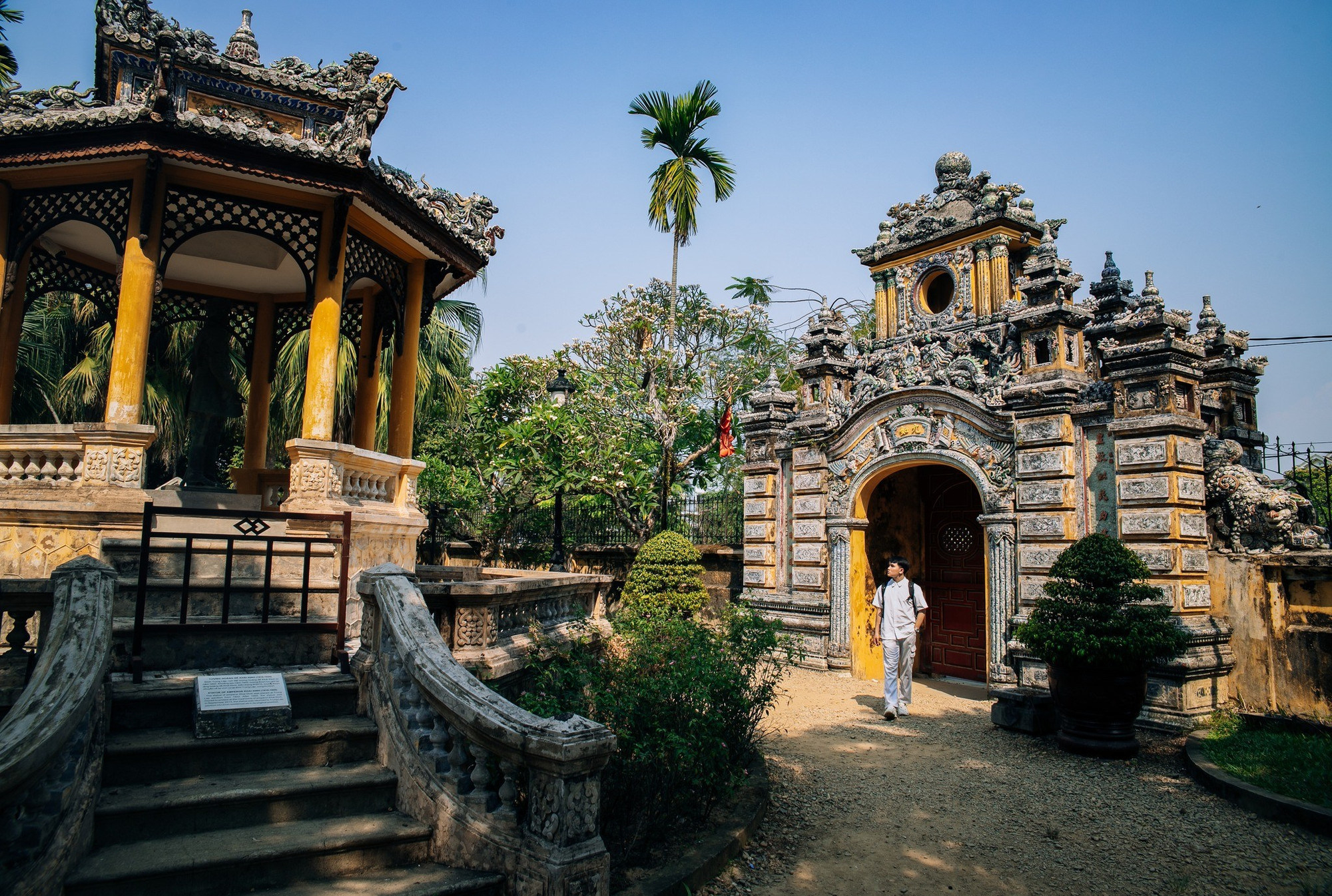
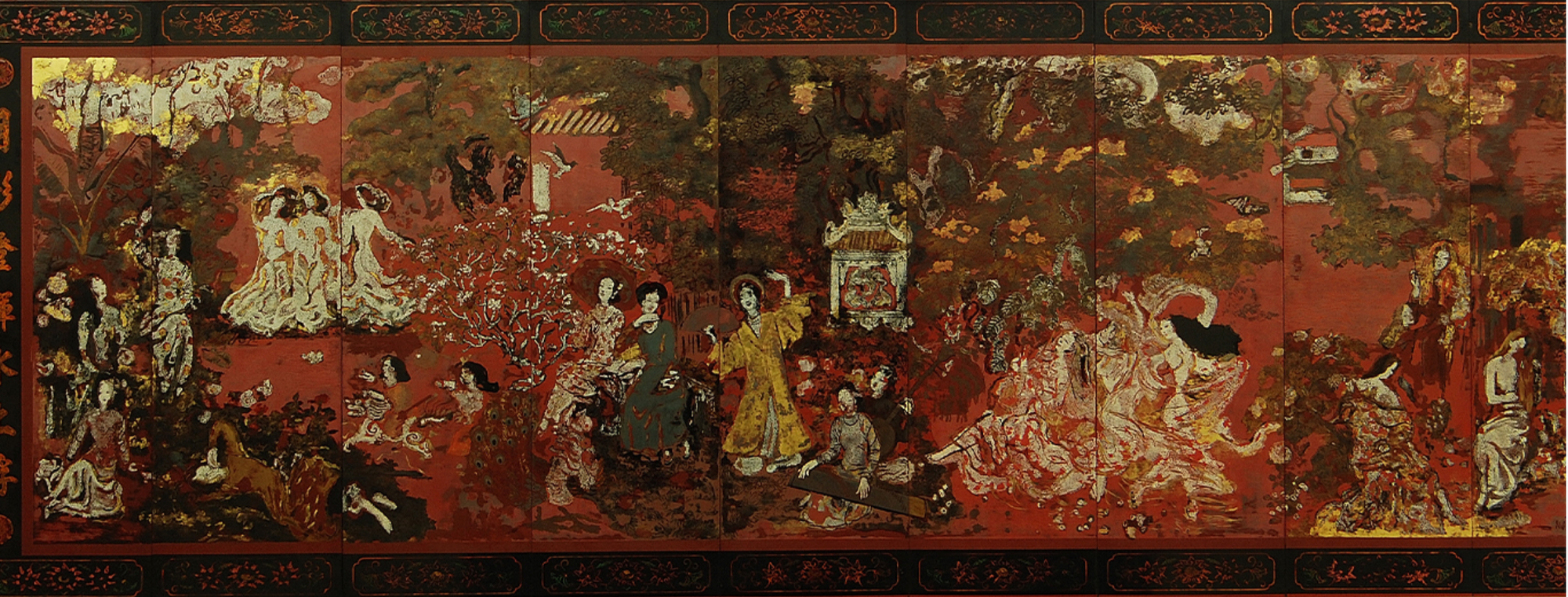
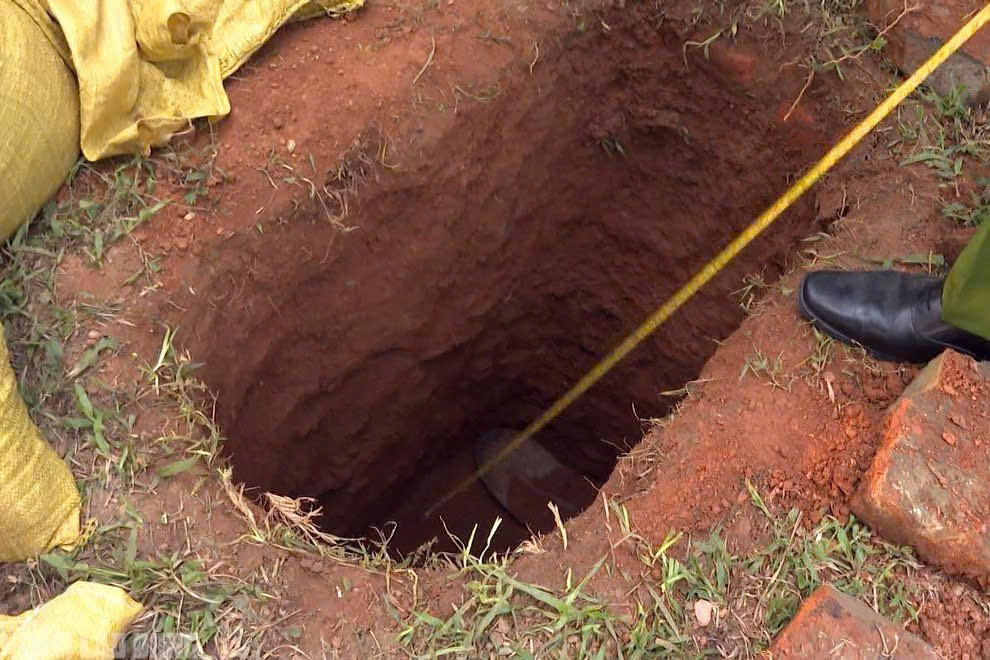
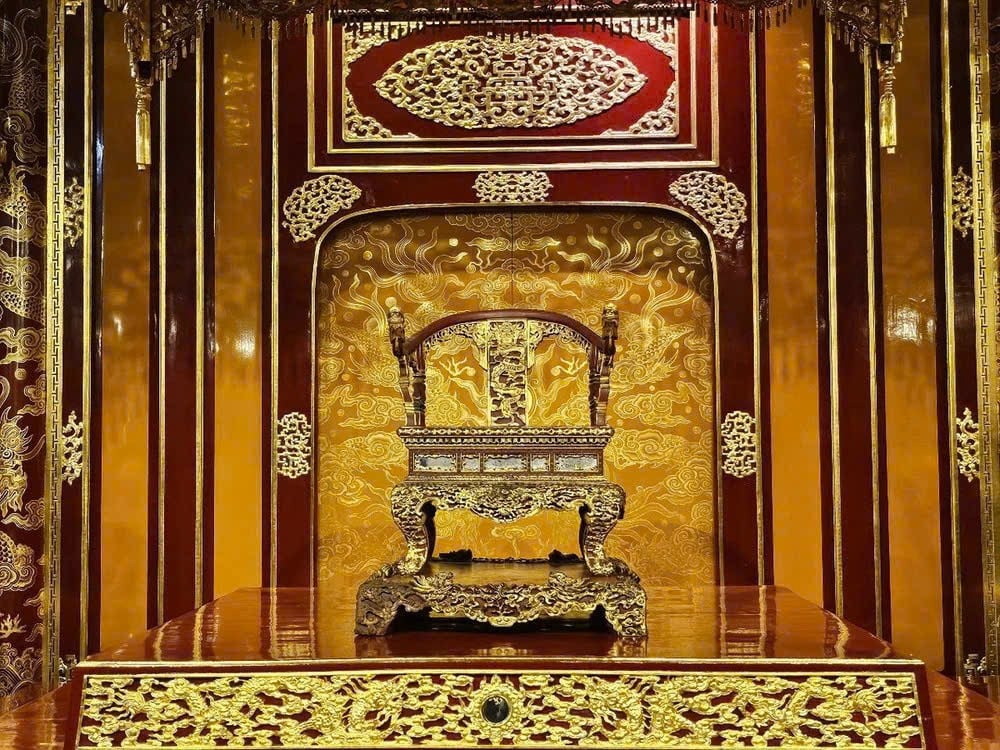
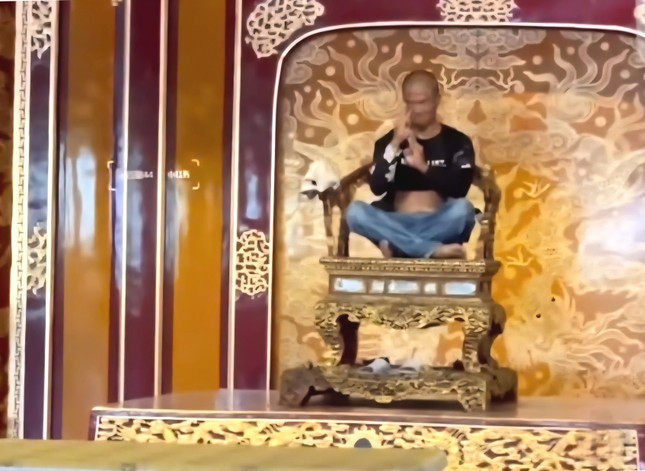
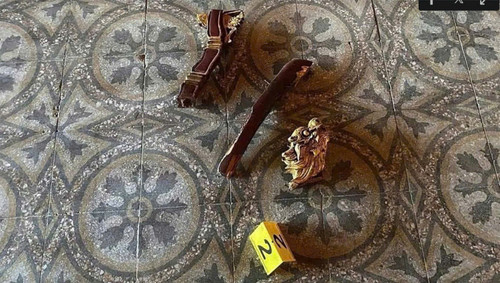
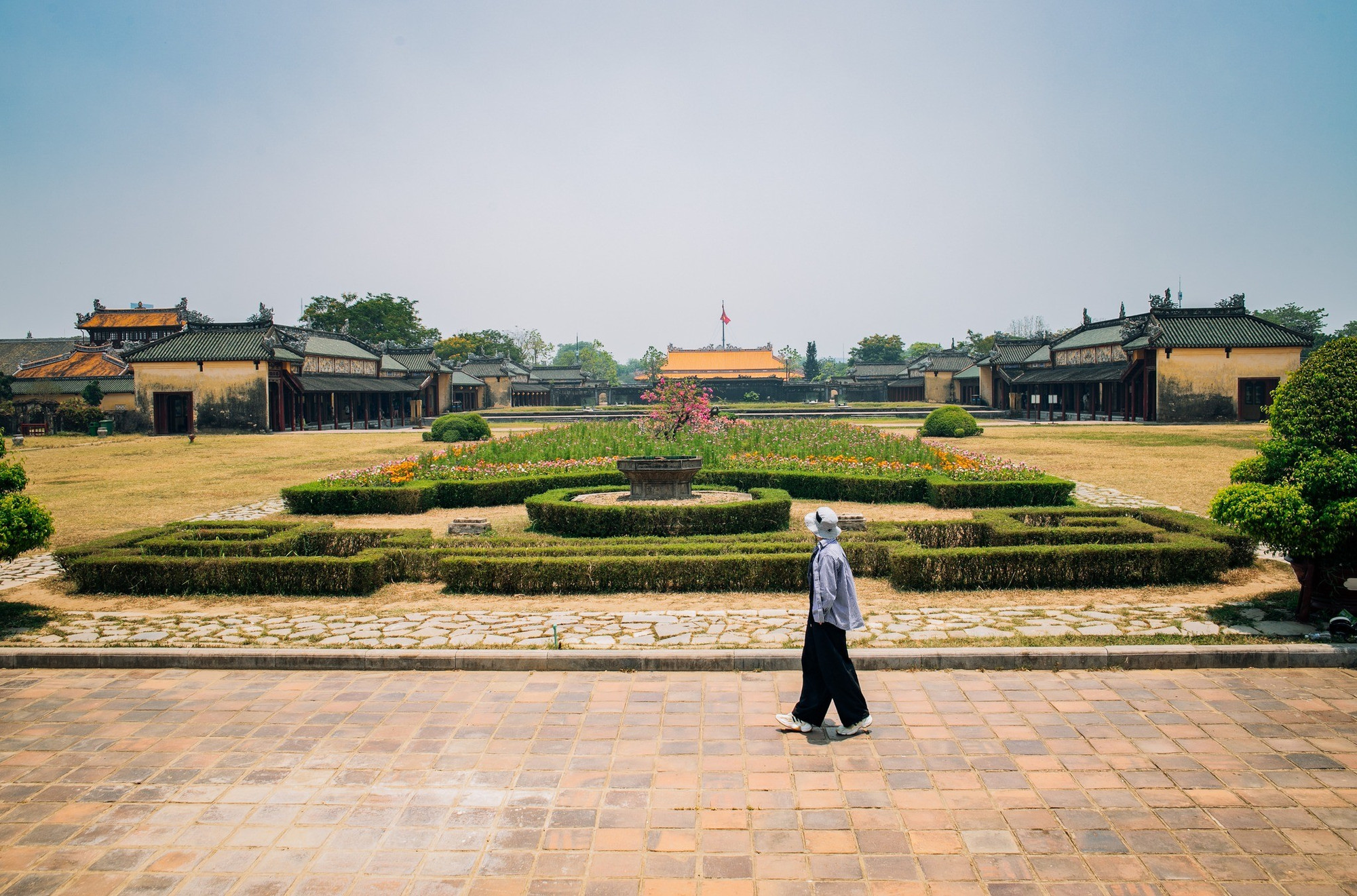
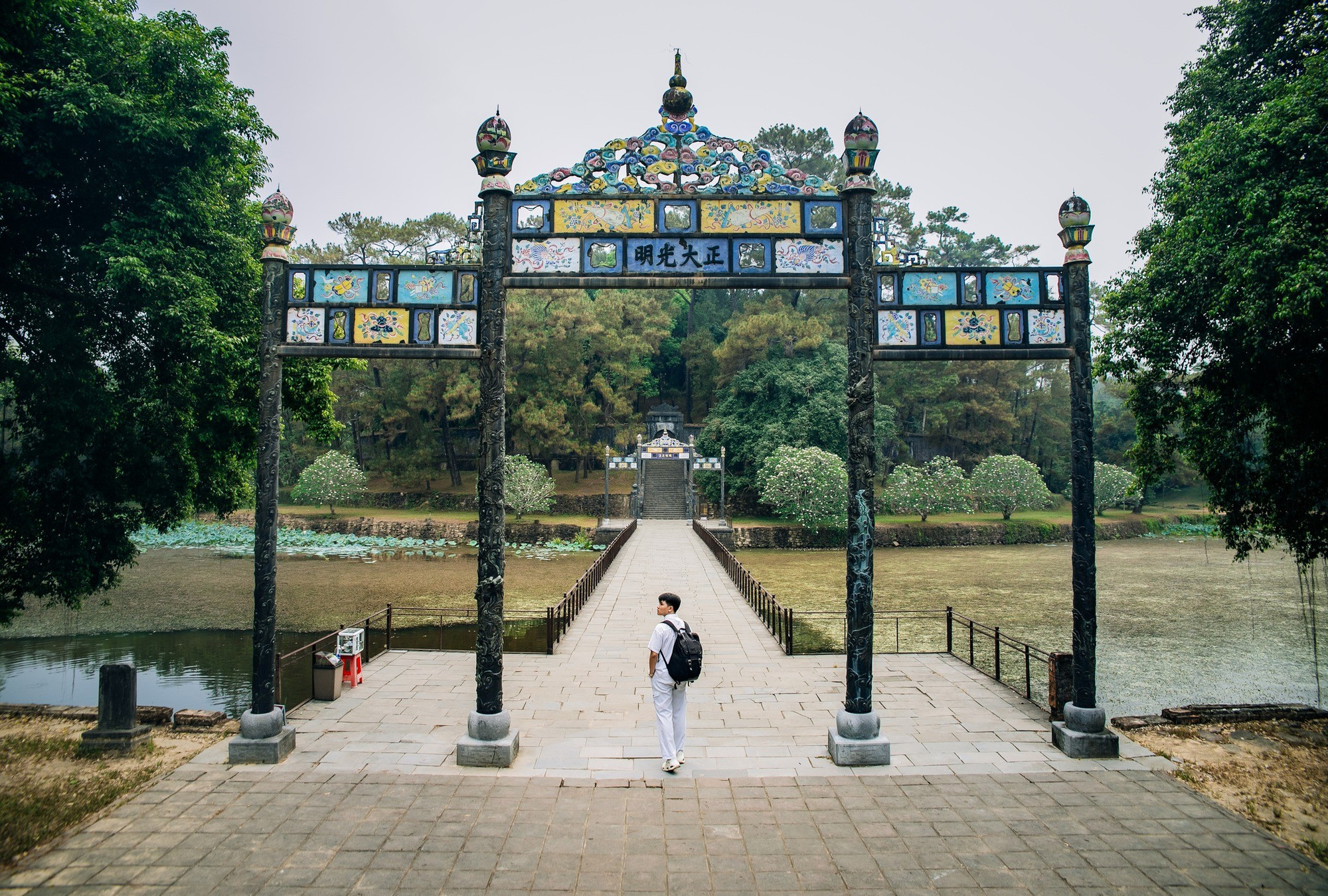
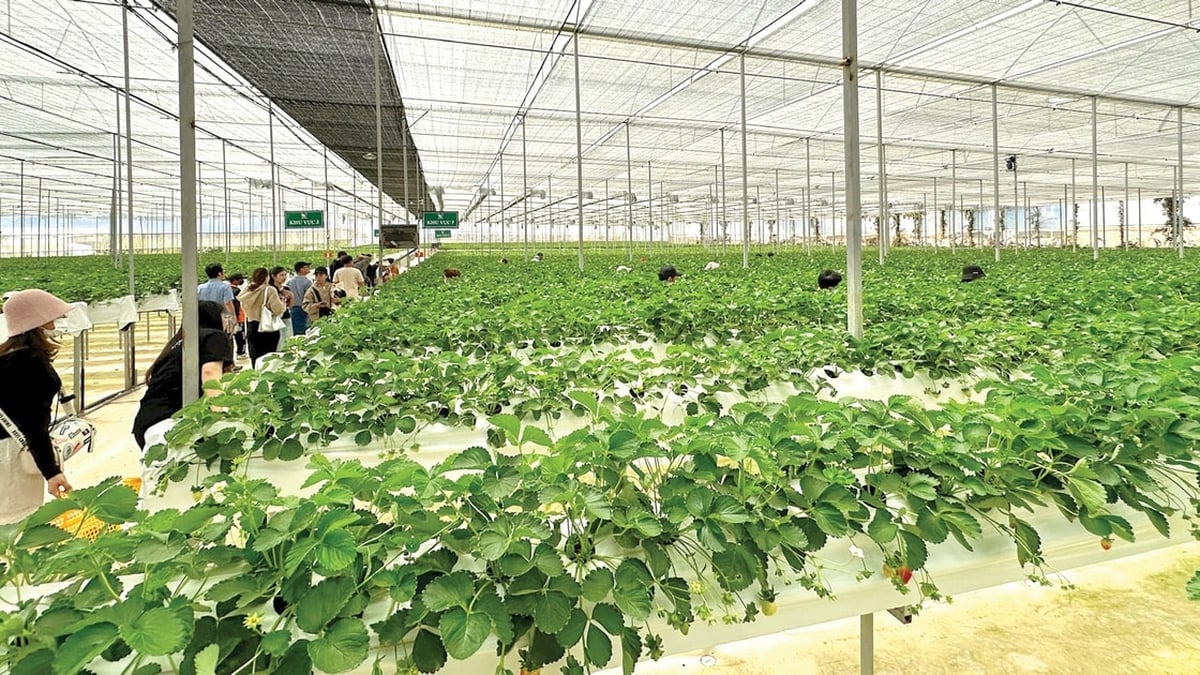
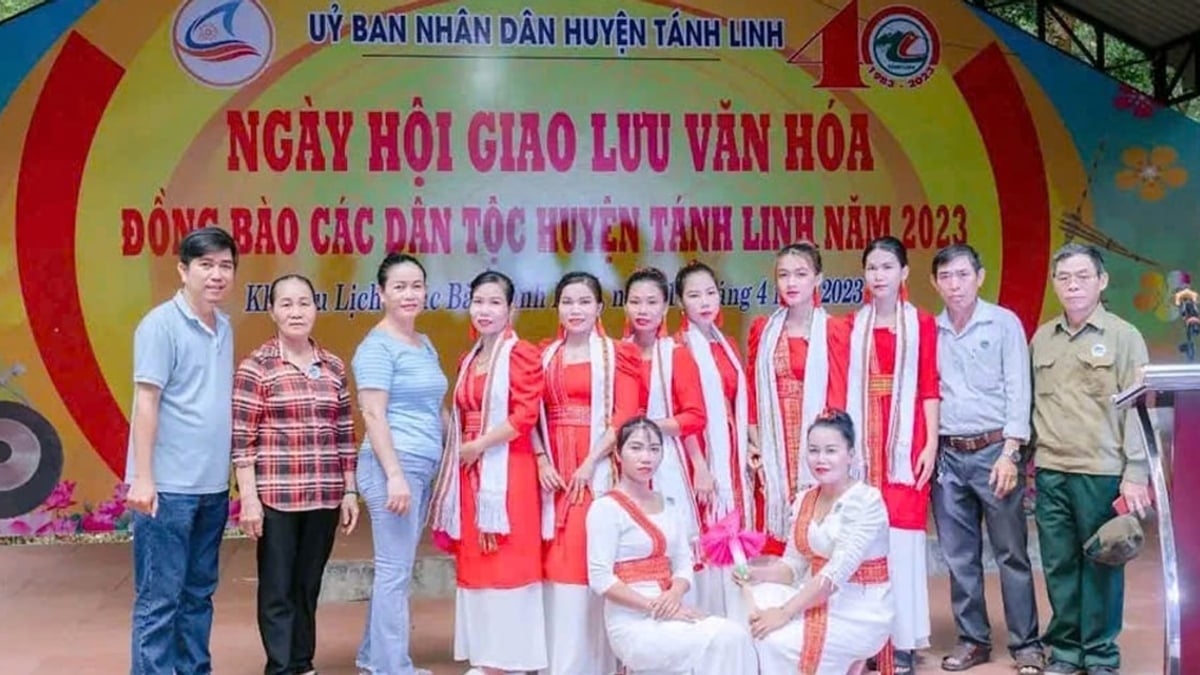
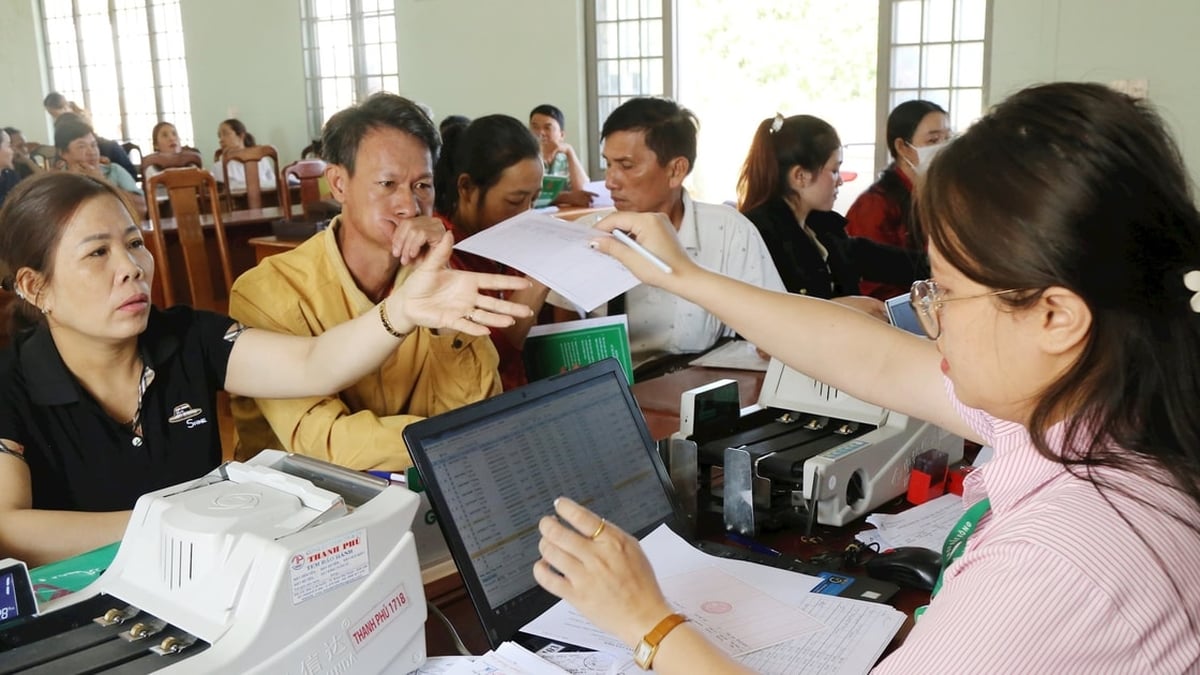
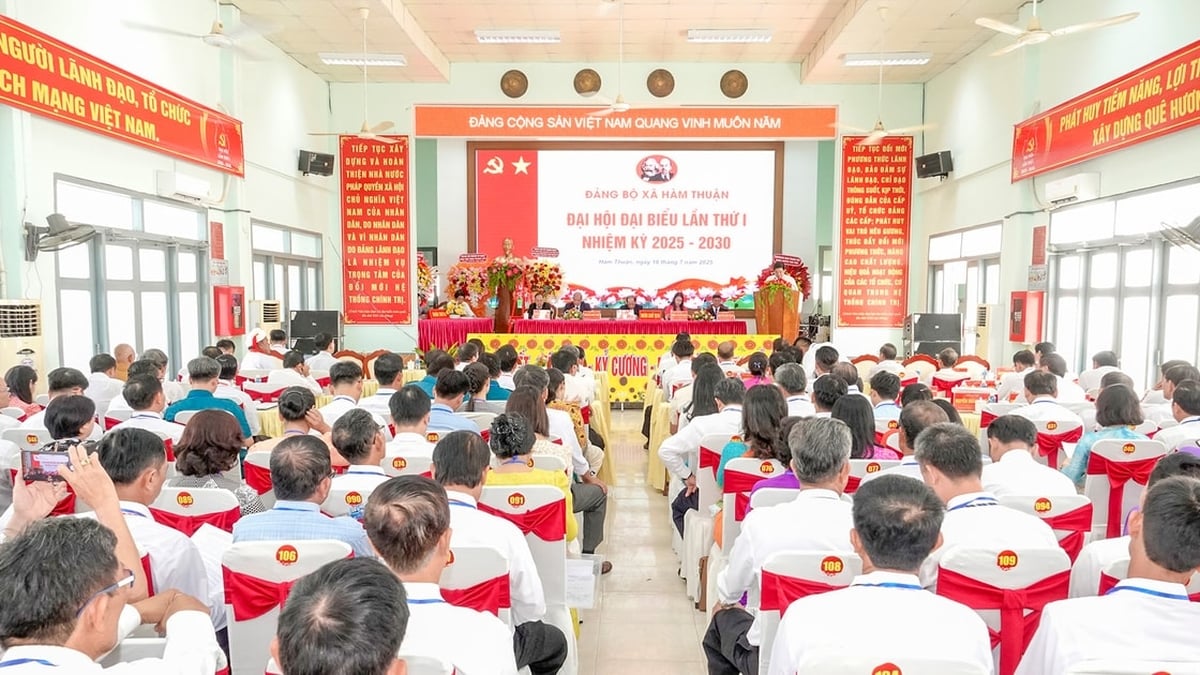

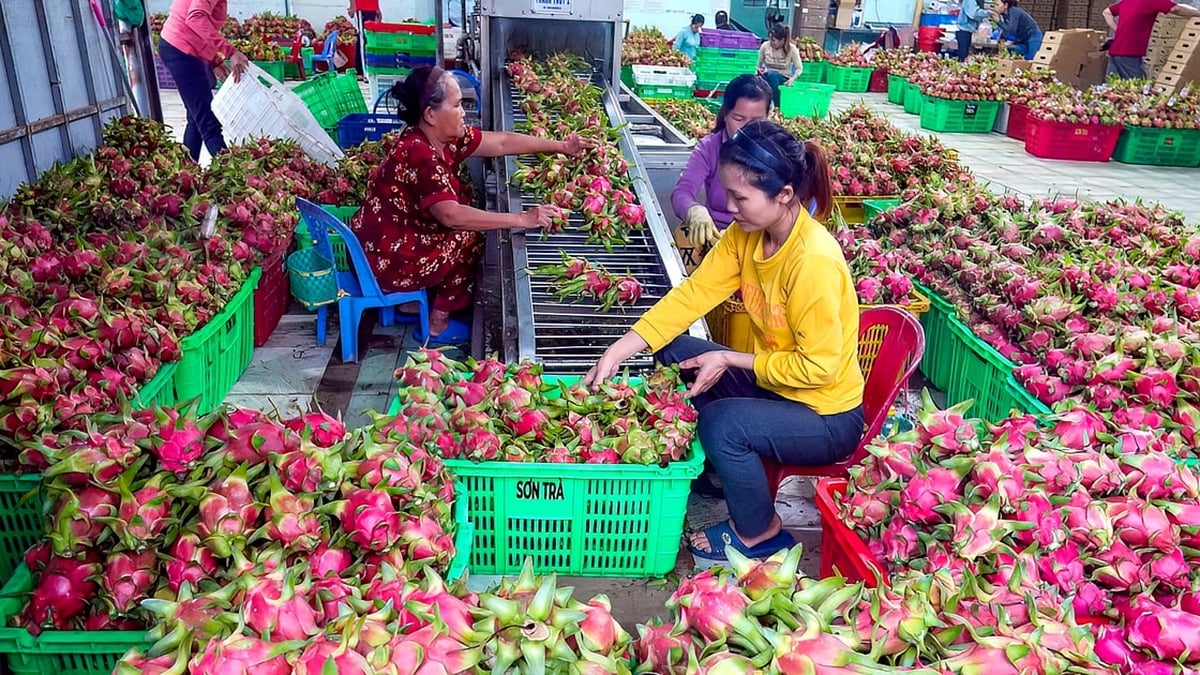
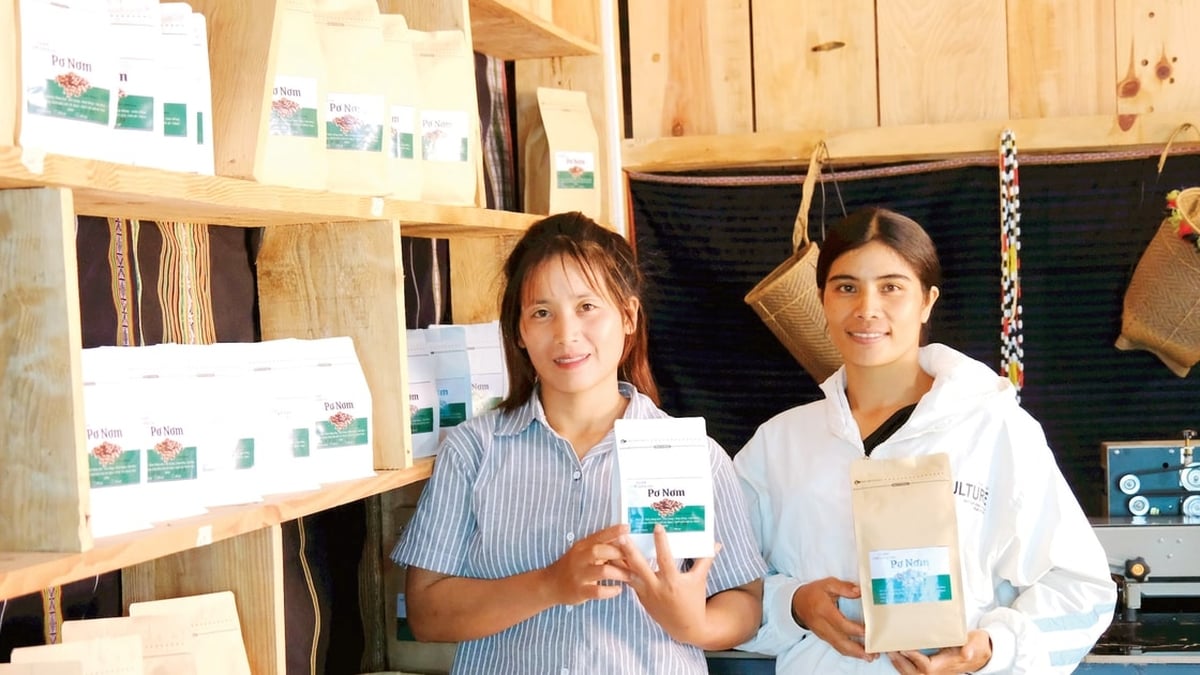
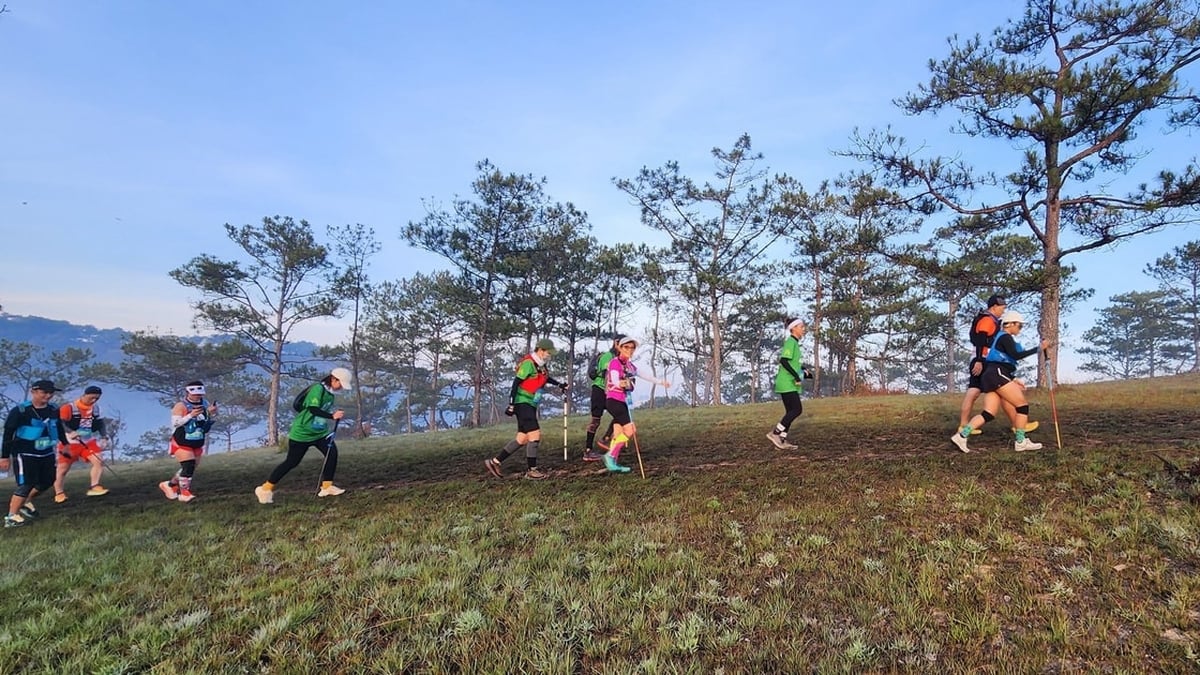
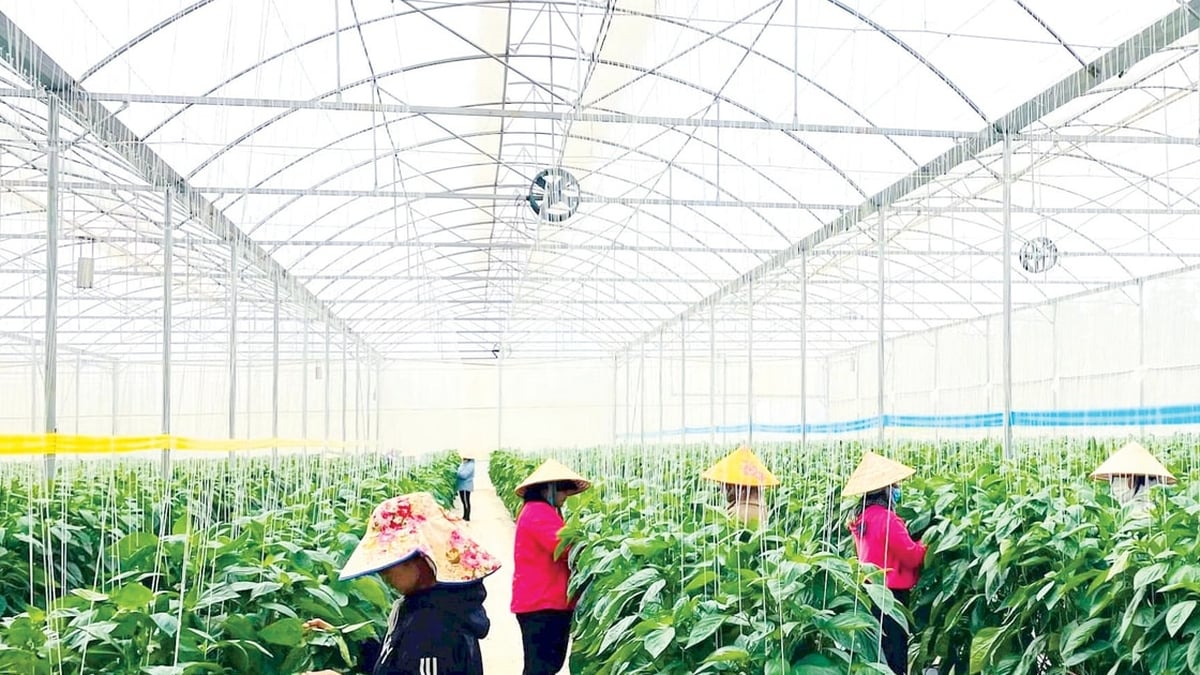
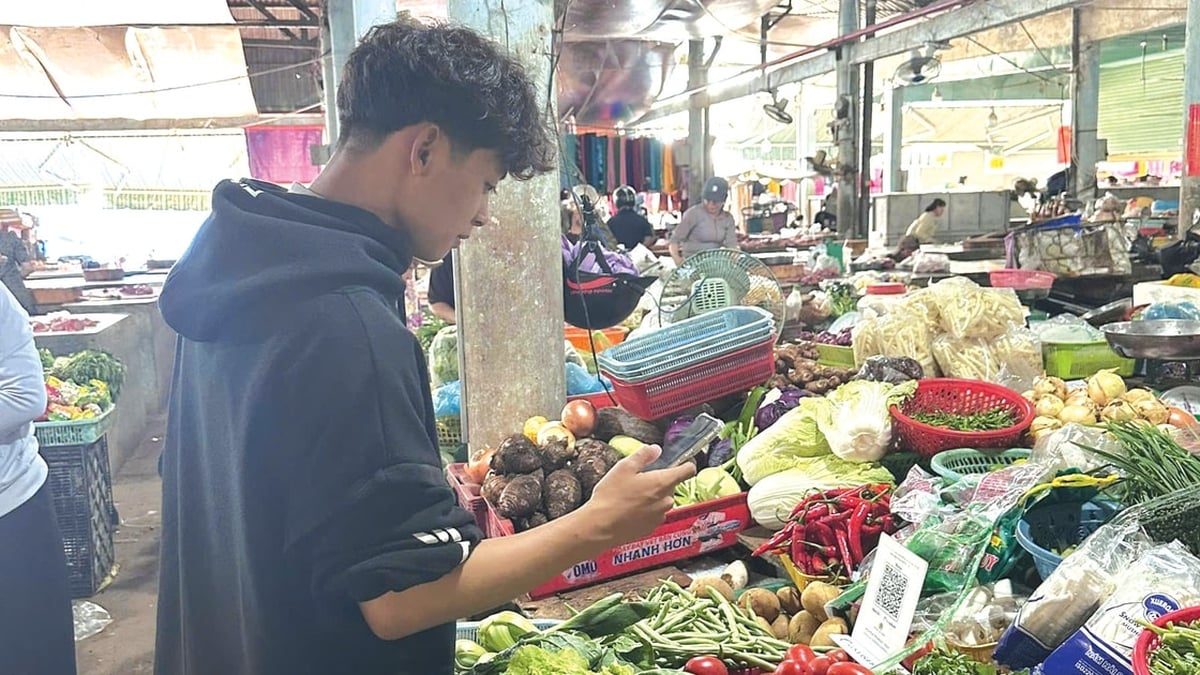



















































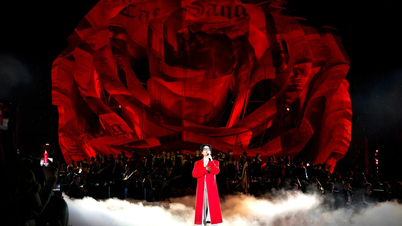
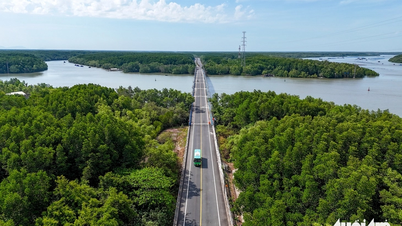

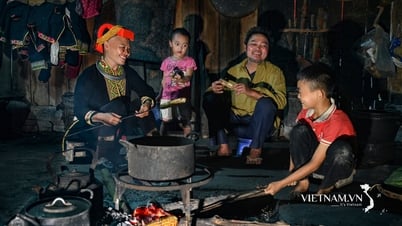





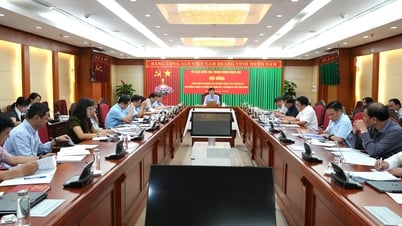



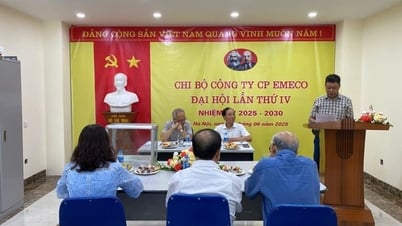
















![[Infographic] In 2025, 47 products will achieve national OCOP](https://vphoto.vietnam.vn/thumb/402x226/vietnam/resource/IMAGE/2025/7/16/5d672398b0744db3ab920e05db8e5b7d)





Comment (0)